3 Symptoms of a Bad Differential (and Replacement Cost)
Rear differentials are vital components enabling rear-wheel drive. But abuse and neglect can both lead to failure.
Catching differential problems early makes inexpensive repairs possible before extensive damage occurs. This guide covers the symptoms experienced with a failing differential, whether or not you can continue driving, and how it will cost to replace.
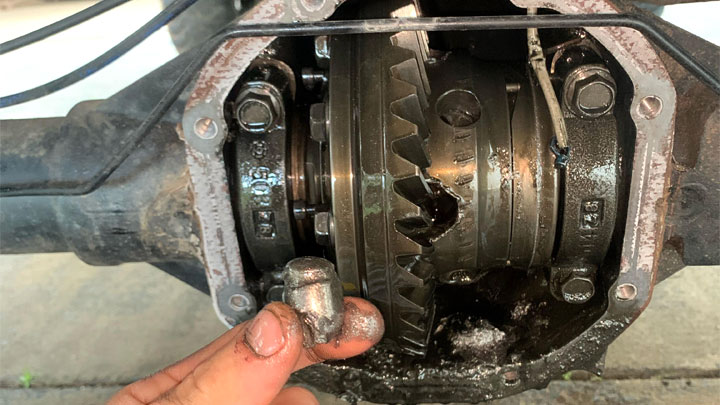
Bad Differential Symptoms
The failure of a vehicle’s differential is often accompanied by a host of secondary symptoms, some of which are more severe in nature than others. Recognizing these symptoms can not only prove valuable when attempting to expedite repair but can also preserve your safety.
The following are several of the most common symptoms associated with a faulty differential.
#1 – Irregular Noises

If you suddenly notice a series of odd noises coming from under your vehicle, your differential might be in need of attention. The most common of these noises include grinding and clunking, which is often indicative of a gearset issue.
Additionally, a humming or droning noise often accompanies faulty internal bearings.
See Also: Average Cost to Fix a Front Diff Leak
#2 – Difficulty Turning
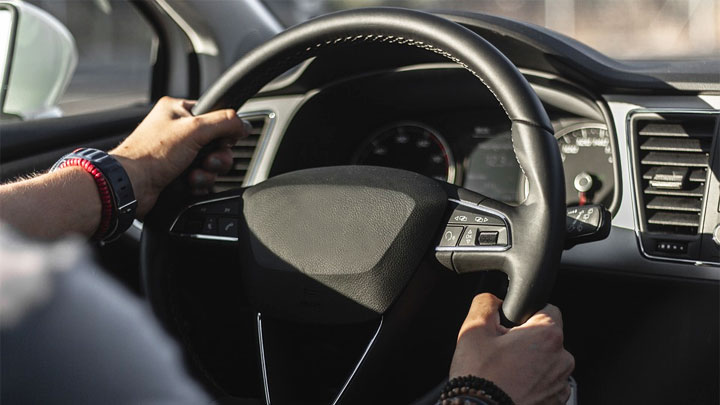
A sudden difficulty when attempting to negotiate turns can also serve as a good indication that your vehicle’s differential is in poor condition.
In many cases, this feels as if you are unable to turn with any level of accuracy, and is often accompanied by a roaring or humming noise.
#3 – Irregular or Expedited Tire Wear
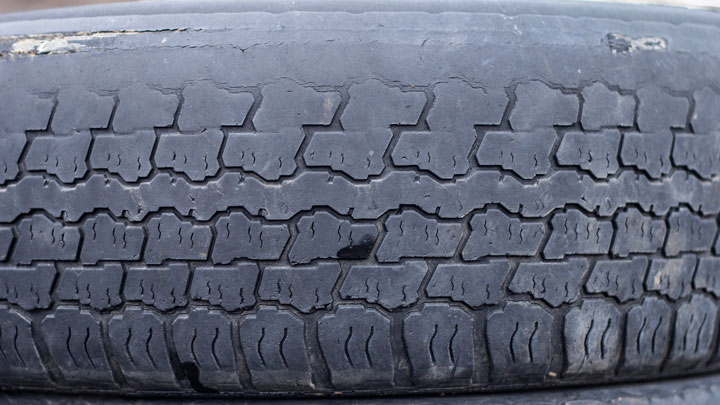
A faulty rear differential can also be the source of irregular or expedited tire wear. This accelerated wear stems from the fact that tires tend to be scooted across the pavement, rather than spun at varying speeds when a differential is compromised.
What Does a Differential Do?
A differential converts torque provided by a vehicle’s engine into a tractive effort at each wheel-end location. Due to its internal design, a differential also has the unique ability to split this torque between each wheel at varying ratios, allowing a vehicle’s wheels to spin at different speeds when negotiating turns.
Torque is delivered to the differential itself through a vehicle’s driveshaft, which is connected to the transmission at its opposing end. At the same time, torque is distributed to each wheel-end via axles, which spline into the internal gearset encased with the differential.
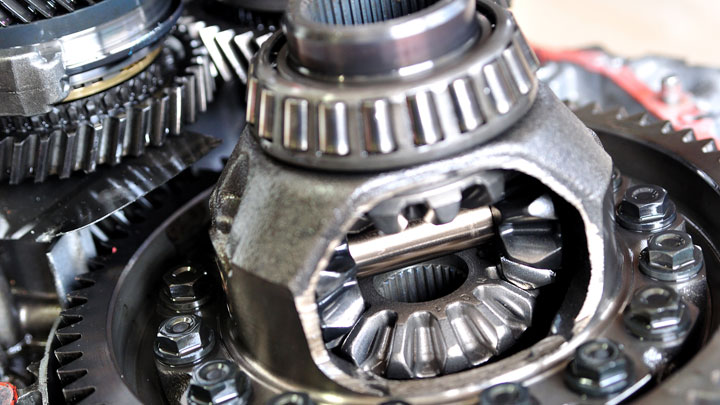
A differential is also non-directional by design, meaning that it functions efficiently when driving in both forward and reverse.
Four-wheel drive vehicles actually feature two complete differentials, located at opposing ends of the drivetrain system. In between these two differentials is a specialty gearbox, known as a transfer case. This gearbox is connected to each differential by corresponding driveshafts and regulates power distribution between all four wheels.



What Causes Differential Failure?
Generally speaking, a differential is designed to last for the life of the vehicle to which it is mounted. Unfortunately, this is not always the case, as failure can, and does, occur on occasion. However, in most cases, this failure can be traced back to an underlying cause that has contributed to accelerated wear.
One of the most common causes of differential failure is that which relates to a general lack of lubrication, or the use of improper differential lubricant.
Most differentials feature an oil-bath lubricant system, which bathes contact surfaces in lubricant as they rotate, thereby reducing friction. However, any leak within the differential housing can cause fluid to drop below operating level if not maintained.
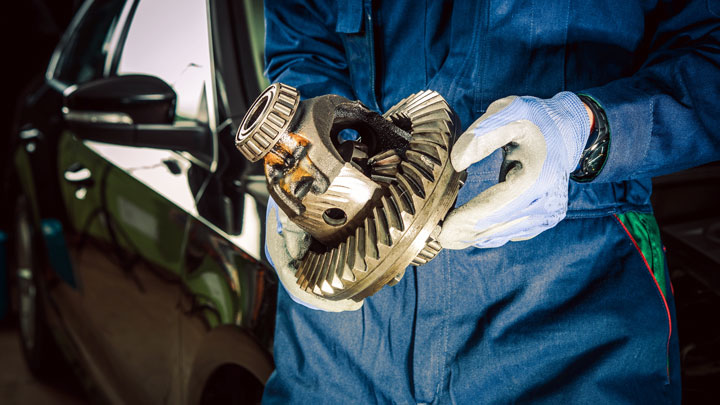
Differential failure can also result from continuous abuse. This is most common in trucks or SUVs tasked with towing loads in excess of that which is specified by the manufacturer. Alternatively, gear damage can result from repeated “jerking” or “pulling” when attempting to pull a vehicle out of a ditch, or when trying to move large, stationary objects.
In rare instances, the internal components within a differential can simply wear out, due to years of use. This is often the case when one or more bearings, such as the pinion bearing, begin to exhibit excessive play. A failure to replace these bearings as needed can result in additional bearing damage, and eventual failure.
Can You Drive With a Bad Differential?
Driving with a bad differential is never advised. In fact, attempting to do so can be quite the safety hazard, as a differential that is in the process of failing, is prone to complete failure and lockup at any given time. This can prove dangerous, especially if traveling at a relatively high rate of speed.
Additionally, differential failure can prevent a vehicle’s rear wheels from turning at variable speeds. This, in turn, causes a vehicle to scoot around turns, while sliding its wheels disproportionately, making it near impossible to turn safely at any speed.
In any event, the root cause of a vehicle’s differential failure should be thoroughly diagnosed and repaired before returning it to service. If you do not feel comfortable tackling such repairs yourself, an appointment should be made with a trusted automotive service center at the first available opportunity.
Differential Replacement Cost
Best places to order parts? See: 19 Best Online Auto Parts Stores
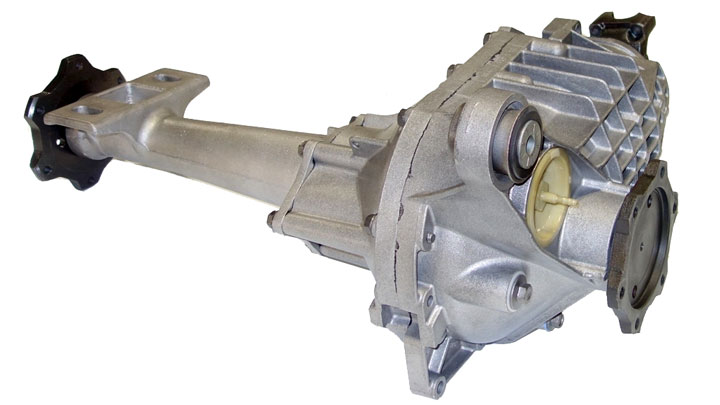
In certain cases, the repair cost associated with fixing a failed differential can exceed that which is required for a full replacement. In other instances, more severe damage, such as that to the differential casing itself, can necessitate replacement as a whole.
In any regard, differential replacement tends to be quite pricey, as the cost of a differential assembly, as well as the incurred labor, are quite steep.
The exact cost of differential replacement tends to vary from one particular vehicle to the next. However, one can generally expect to pay somewhere in the neighborhood of $1,500-$4,000 when all is said and done. Of course, the higher end of this price spectrum is largely reserved for the replacement of premium limited-slip units.
- P0480 Code (Symptoms, Causes, and How to Fix) - Apr 19, 2024
- Car Temperature Gauge Stopped Working? (Here’s Why) - Apr 15, 2024
- Ignition Coil vs Coil Pack (What’s the Difference?) - Apr 8, 2024
